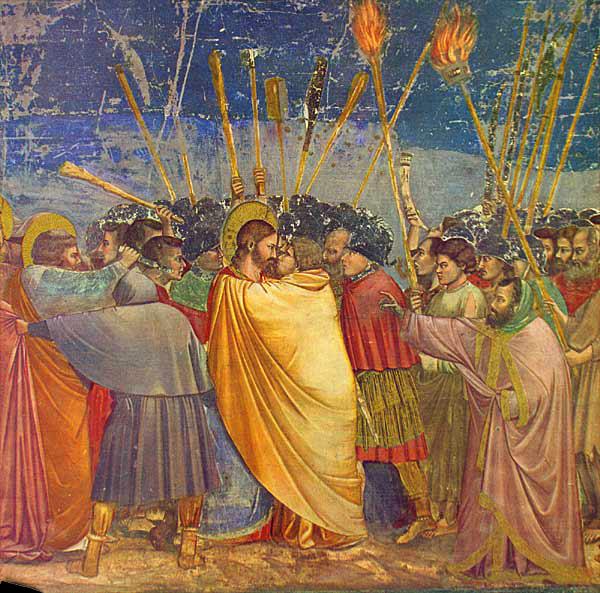
LIFE AS MYTH
![]()
JOURNAL
![]()
JOURNAL 2009
![]()
A feminine myth
Creating a new myth
![]()
SPRING 2009
Mythology of other
![]()
LIFEWORKS
![]()
ATLAS
![]()

SPRING 2009
THE SCAPEGOAT
I went to temple with a couple from the neighborhood on Friday. The wife is a good friend of mine and she had invited me a few months ago. Busy lives being, well, busy, we only managed to intersect our Friday comings and goings this weekend. It was a beautiful service, infectiously joyous. Most of the service was in Hebrew, but since I can sing the L'cha Dodi, I managed to participate in a limited way.
Afterward we went out as a group to dinner. The husband of my friend is a devoted Torah scholar and we had a far-ranging conversation which included the possible interface between my Celtic-ness and their Jew-ishness. For instance, the legendary Irish people, the Tuatha De Danann, are said to be the descendants of the tribe of Dan, who migrated from the Holy Land to Ireland thousands of years ago, bringing with them the stone of Jacob. So who can say? Perhaps my dinner companions are related to me by way of the peat and bogs and stones of Ireland.
But one particular aspect of Friday's conversation has followed me into the weekend. The idea of the scapegoat, of designating another person or subgroup as the receptacle of the group's own sin and aggression. This phenomenon has been on my mind much lately and recent events have amplified it. Over the past several weeks I have been revising an essay from last year which dealt with the topic. Therefore Friday's appearance of the scapegoat in an evening's conversation with friends seemed just a bit synchronous.
The husband of my friend explained briefly that the tradition of the scapegoat, linked as it was to Yom Kippur (the Jewish day of Atonement), served a useful purpose in the ritual life of the community. In that tradition the goat was marked as receiving the sins of the community and then driven out of the community (off a cliff, into the desert or the woods). Through this practice the community as a whole was symbolically purged of sin. The counterpart in the Christian tradition is the Messiah, the innocent one who forfeits his life voluntarily to absolve a community of sin.
The tradition of sacrificial death is the most ancient of mythological impulses. The word victim is rooted in this very idea, from the Latin victima which means sacrificial animal. It has been suggested that all world mythology originated in the human anxiety that occurred because of the necessity of killing to survive. As a result, hunter communities adopted the view that the animals to be slain were willing participants in the killing, beings who laid down their lives voluntarily so that others might live. Consequently, there is a deep mythological link from the hunter mythology to the scapegoats at Yom Kippur and from there to a crucified Messiah at Calvary. So how did "victim" become a pejorative in modern society? It seems illogical to me. And yet it persists.
The kiss of Judas. Giotto di Bondone. 1304-06. Cappella Scrovegni a Padova.

